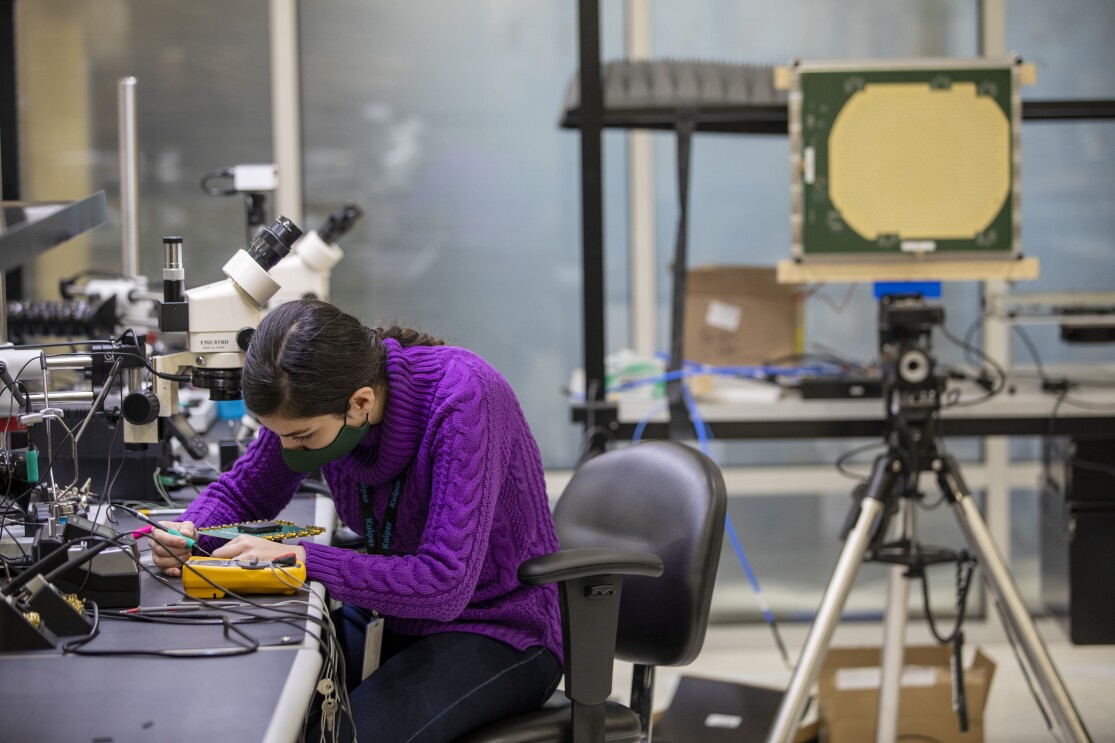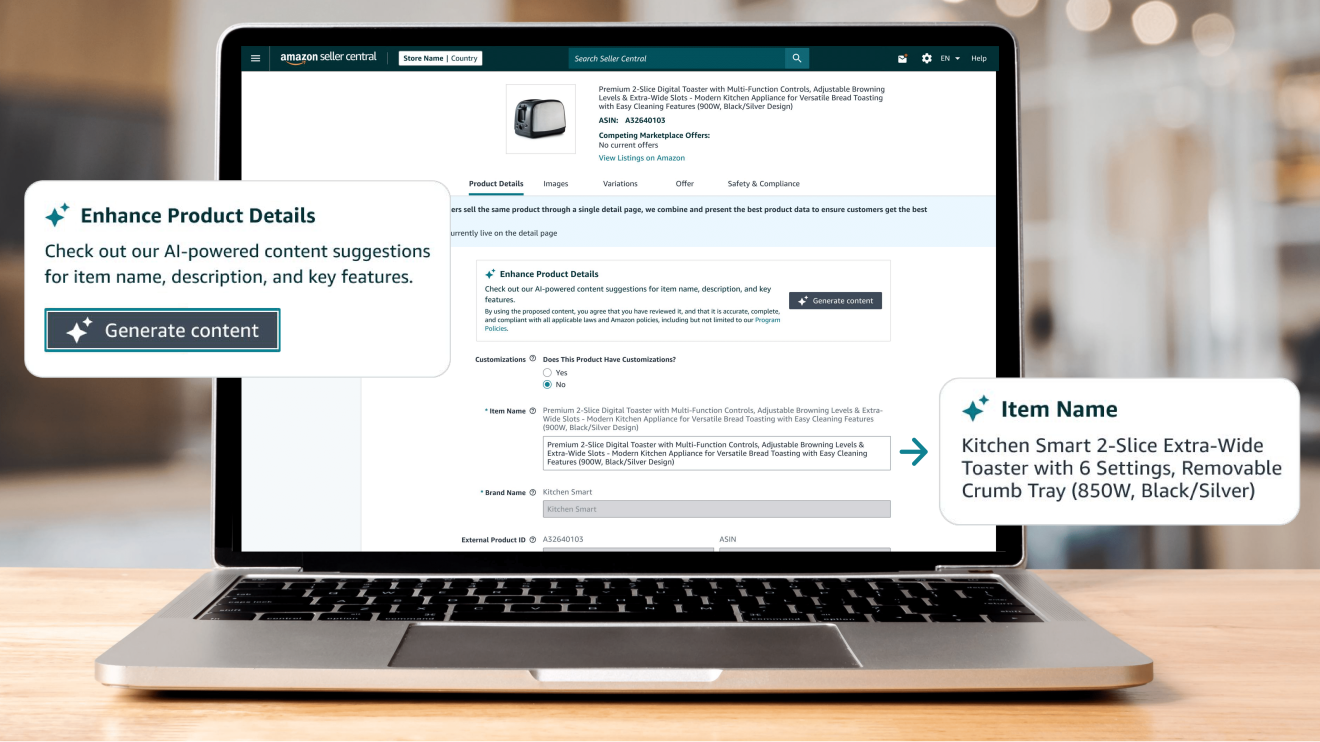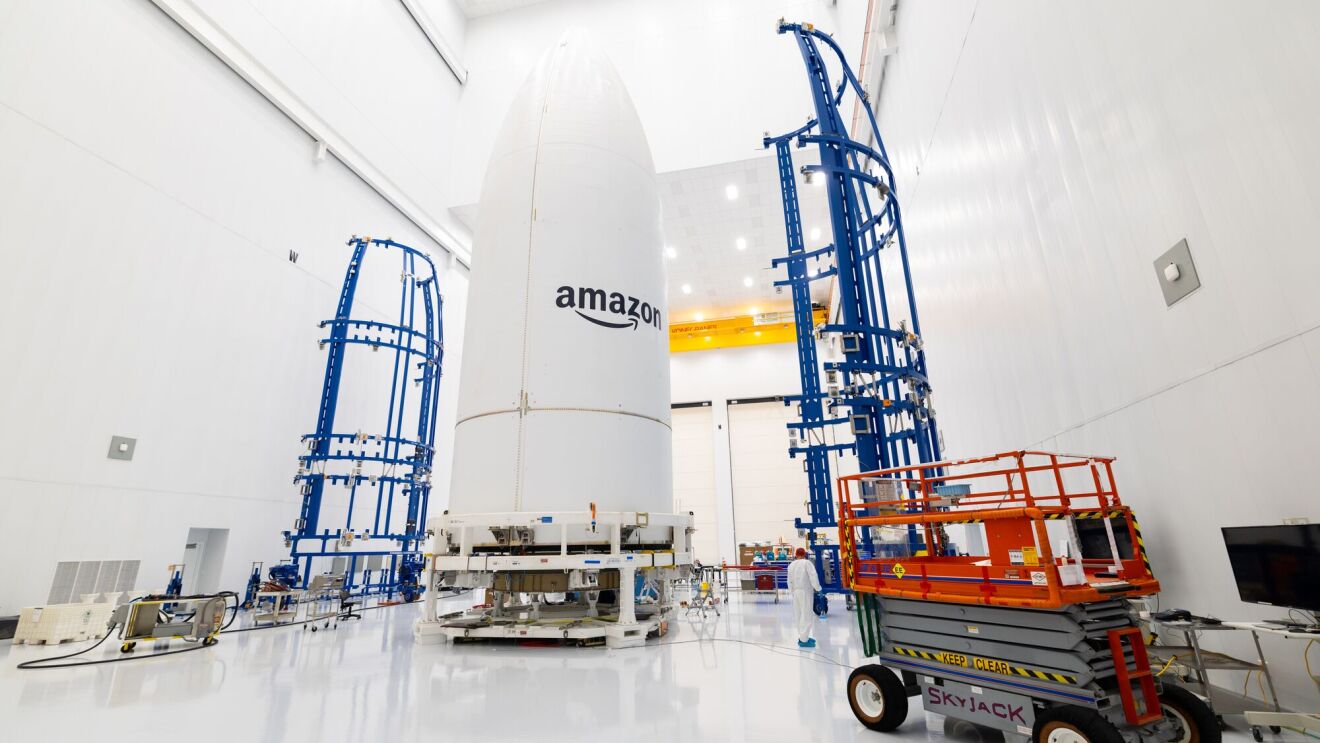Months after receiving approval from the Federal Communications Commission, Project Kuiper has hit another key milestone on its path to delivering fast, affordable broadband through a constellation of 3,236 low Earth orbit satellites.
We recently completed initial development on the antenna for our low-cost customer terminal, a critical part of the Kuiper System that allows customers to connect to satellites passing overhead. The Ka-band phased array antenna is based on a new architecture capable of delivering high-speed, low-latency broadband in a form factor that is smaller and lighter than legacy antenna designs. Our prototype is already delivering speeds up to 400 Mbps (Megabits per second), and performance will continue to improve in future iterations.
“If you want to make a difference for unserved and underserved communities, you need to deliver service at a price that makes sense for customers,” said Rajeev Badyal, VP of Technology for Project Kuiper at Amazon. “This simple fact inspired one of our key tenets for Kuiper: to invent a light, compact phased array antenna that would allow us to produce an affordable customer terminal. It’s incredible to see such a small form factor delivering this type of speed and performance.”
The most effective way to reduce terminal production costs is to decrease the size, weight, and complexity of its antenna. This is difficult to do in the Ka-band, which requires more physical separation between transmit and receive antennas to cover its wide frequency range. For this reason, legacy Ka-band antennas place the transmit antenna and receive antenna next to one another, requiring a larger surface area and increasing production costs.

Our phased array antenna takes a different approach. Instead of placing antenna arrays adjacent to one another, we used tiny antenna element structures to overlay one over the other. This has never been accomplished in the Ka-band. The breakthrough allows us to reduce the size and weight of the entire terminal, while operating in a frequency that delivers higher bandwidth and better performance than other bands. Our design uses a combination of digital and analog components to electronically steer Ka-band beams toward satellites passing overhead.
The result is a single aperture phased array antenna that measures 12 inches in diameter, making it three times smaller and proportionately lighter than legacy antenna designs. This order of magnitude reduction in size will reduce production costs by an equal measure, allowing Amazon to offer customers a terminal that is more affordable and easier to install.

Amazon engineers have tested the antenna in multiple environments to ensure it will meet customers’ standards for speed and performance. The antenna has passed all corresponding tests for speed and latency—offering maximum throughput of up to 400 Mbps, and streaming 4K-quality video from a geostationary (GEO) satellite, which is stationed at an altitude approximately 50 times farther from Earth than where Project Kuiper satellites will be deployed. To learn more about the design, check out our Q&A with Nima Mahanfar, Senior Manager of Hardware and Antenna Development for Project Kuiper.

This development is a critical part of the Kuiper System, and is one of many components being designed and tested at our new R&D facility in Redmond, Washington. Scientists and engineers who are inspired by our mission and interested in joining a diverse, world-class team can view open roles here.











